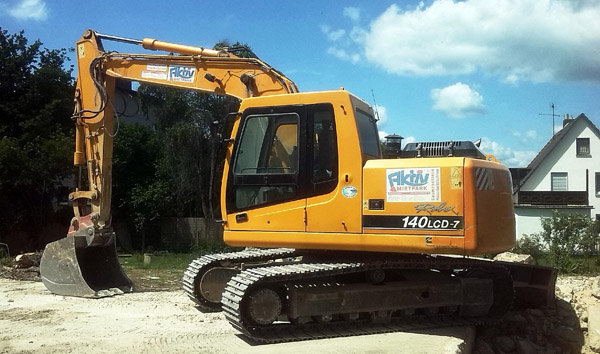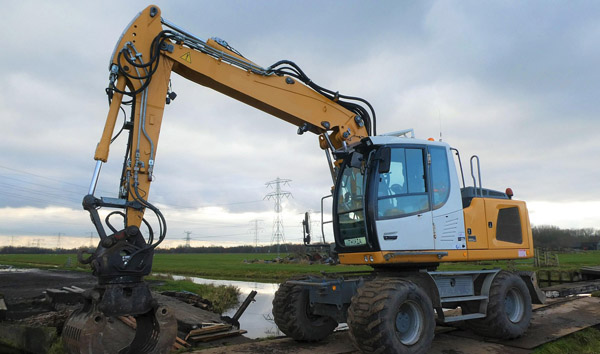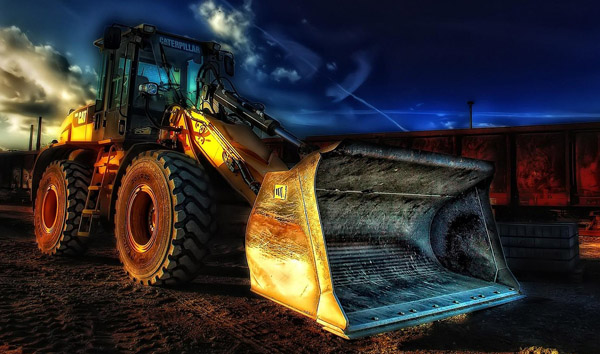Revolutionizing Heavy Machinery: The Rise of Low-Emission Construction Loaders
2025-06-29 03:00:27
The construction industry is undergoing a significant shift toward sustainability, with low-emission construction loaders leading the charge. Traditional diesel-powered loaders contribute heavily to air pollution, emitting harmful particulates and greenhouse gases. In contrast, modern low-emission models utilize hybrid, electric, or hydrogen fuel cell technologies to drastically cut emissions without sacrificing power or efficiency.
One of the key advantages of low-emission construction loaders is their compliance with stringent environmental regulations. Governments worldwide are imposing stricter emission standards, pushing manufacturers to innovate. Companies like Caterpillar and Volvo CE have introduced electric loaders that produce zero tailpipe emissions, making them ideal for urban projects where air quality is a concern. These machines not only meet regulatory requirements but also reduce operational costs through lower fuel consumption and maintenance needs.
Beyond regulatory benefits, low-emission construction loaders enhance worksite sustainability. By integrating renewable energy sources, such as solar-powered charging stations, construction firms can further minimize their carbon footprint. Additionally, quieter electric loaders reduce noise pollution, improving conditions for workers and nearby communities. This dual focus on emissions and noise makes them a preferred choice for projects in sensitive environments, such as hospitals or residential areas.
The adoption of low-emission construction loaders is also driven by economic incentives. Many regions offer tax breaks or subsidies for companies investing in green machinery. Furthermore, the long-term savings from reduced fuel and maintenance costs make these loaders a financially sound decision. As battery technology advances, the upfront costs of electric models are expected to decrease, accelerating their market penetration.
Looking ahead, the future of low-emission construction loaders appears promising. Innovations in battery efficiency, hydrogen fuel cells, and autonomous operation will further enhance their appeal. Industry forecasts predict that by 2030, over 30% of all construction loaders sold will be low-emission variants. This shift underscores the construction sector's commitment to sustainability while maintaining productivity.
In conclusion, low-emission construction loaders represent a critical step toward greener construction practices. By reducing harmful emissions, lowering operational costs, and improving worksite conditions, these machines are setting a new standard for the industry. As technology continues to evolve, their adoption will play a pivotal role in shaping a more sustainable future for construction worldwide.














